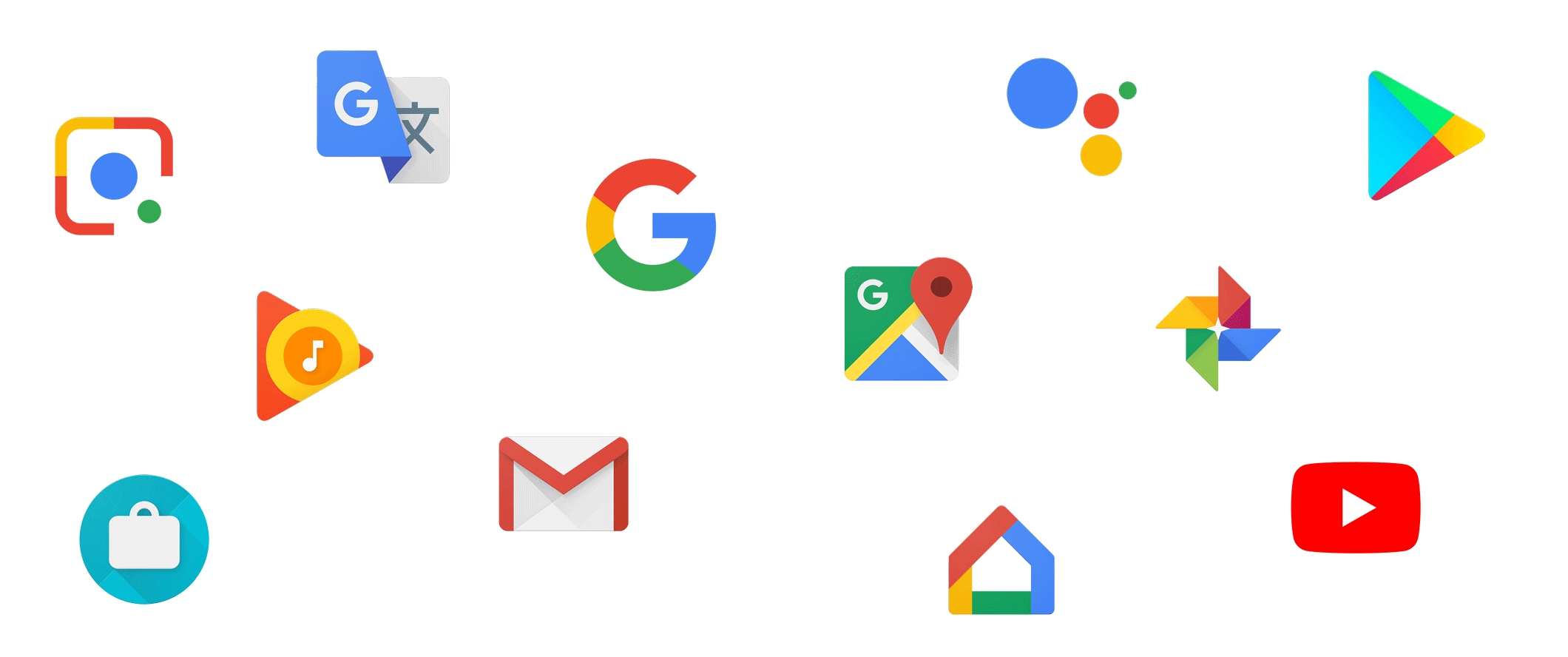13 ways you’re using AI in your daily life

Editor’s note: Artificial intelligence (AI) is behind many of Google’s products and is a big priority for us as a company (more about that at Google I/O next week). Before the festivities commence, we’re sharing how AI already affects your life in ways you might not know, and how people from all over the world have used AI to build their own technology.
AI often sounds like some far-off science fiction concept, but it’s actually behind a lot of things you encounter in your daily life. Here’s the rundown: we train a software system with lots of examples so that it can pick up on patterns. Rather than telling the computer that all spam emails contain the phrase “new weight loss trick!,” you train it on millions of examples of spam, making small corrections until it can pick out the pattern on its own. This ability to learn patterns, called machine learning, makes your life easier in many ways—read on for 13 of them!
Fun stuff
1. Search for “dogs” or “hugs” in your Google Photos library to find your favorite furry friends and (non furry) moments. Even if you haven’t captioned any of your photos, Google can surface the ones that have the object or action you’re looking for.
2. Google Play Music delivers personalized recommendations to play the right music for any moment. By taking into account things like time of day or weather, Play Music can suggest the right music for cooking dinner or watching the sunset.
4. Watch more than one billion YouTube videos with automatic captions, powered by machine learning algorithms that transcribe speech in 10 languages.
Productivity and security
5. Quickly respond to an email with Smart Reply in Gmail. Smart Reply saves you time by using AI to suggest three responses based on the email you received. Once you’ve selected one, you can send it immediately or edit your response.6. And with Nudging, Gmail uses AI to remind you to follow up or respond to messages that are older than two to three days, making sure you don’t drop the ball.
7. Every day, Google Play Protect automatically reviews more than 50 billion apps, and even devices themselves, and takes action when it finds anything suspicious.
Helping you out in the world
8. Translate text on a sign or menu by holding your camera in front of it. Google Translate uses optical character recognition to figure out the words, and a translation system that has been trained on millions of examples of existing translations on the web.9. You can strike up a conversation with your Google Assistant in more than a dozen languages, and this year it’ll be available in many more.
10. Estimate how hard it’ll be to park your car on Google Maps. It takes into account parking availability in a given area, and has learned the patterns of how different parts of a city get busy at different times.
11. Find the right address on Google Maps, thanks to a system that learned to read street names and addresses from billions of Street View images.
12. Search what you see with Google Lens, whether it’s landmarks, books, artwork, or your neighbor’s dog. It’s possible only with the latest in computer vision, using machine learning to identify objects and browse the world around you.
13. A smart algorithm in Google Trips can help plan your next travel itinerary. It’s the classic “traveling salesman” research problem, applied to modern transportation and all the complex ways people move around.
To learn more about how AI is behind our products, tune into the I/O livestream next week, starting on Tuesday May 8 at 10 a.m. PDT.






